Choekyi Lhamo
DHARAMSHALA, APR 21: China has included parts of Arunachal Pradesh within its boundaries, in an updated map issued by Sky Map, an authority on digital maps which is a unit operated under Beijing’s National Surveying and Mapping Geographic Information Bureau. Users discovered that the new map has updated China’s borders that included India’s Arunachal Pradesh, a region it claims as part of Southern Tibet.
The map of China before the update was based on the 1989 edition of the Sky Map where China had already resolved its border issues with Russia and Central Asian countries. However, a Chinese news report noted that the Sky Map has updated its geographical information at the “county” level. “The county boundaries of some counties clearly transcend the red colour marked 1989 edition of the national border, especially in Tibet area bordering Bhutan and India,” the report said.
China has claimed its sovereignty over Tibet with the counties bordering India and Bhutan from east to west- “Chayu [Zayu] county, Medog [Metok] county of Linzhi [Nyingchi] city, Cuona county, Luoza county of Shannan city, Kangma [Kangmar] county, Yadong county of Xigaze [Shigatse] city”. Zayu, Metok, and Cuona counties are divided by the McMohan line with northern parts in China and southern parts in India.
China claims that the Indian part of Zayu county, Metok county of Nyingchi city, Lhunze and Cuona counties of Shannan city are undoubtedly parts of South Tibet. As per the updated Sky Map, “The southern boundary of Chayu county is roughly the same as the boundary in 1989, the southern part of Motuo county has contracted northward, and the southern boundary of Cuona county also roughly coincides with the boundary in 1989. The Longzi county does not border India at all, as Beijing advocates. Cuona county of Shannan city not only borders with India but also borders with Bhutan.”
Another disputed area Mulasading which is located at the south of the McMohan Line in Cuona County also reported altered borderlines. The report stated, “China-Bhutan border dispute area, Mulasading, is located in Cuona County-south of the McMahon Line. Mulasading originally belonged to Tibet and was managed by the Tawang Temple. In 1949, India and Bhutan signed the Permanent Peace and Friendship Agreement to transfer Mulasading to Bhutan. In the latest Sky Map, the border of Cuona County in the Mulasading region is south of the 1989 edition of the national border.”
“In addition to Tibet, the borders of Tashkurgan County in the Kashgar region of Xinjiang have also changed. The north-western part of the border is more than the 1989 edition. According to the 2011 border agreement between China and Tajikistan, this extra part is 1,158 square kilometres east of the Sarekole Mountains.” China has made questionable changes in borders concerning Tibet and Xinjiang, failing to uphold the agreements that the McMohan Line dictates.
China continues to consider Arunachal Pradesh as part of Tibet which was occupied by the Chinese forces in 1959. Arunachal state in the Northeast bordering Tibet was part of British India in 1913-14 and formally included in India when the McMohan Line was established as the border between India and Tibet in 1938. China and India have butted heads numerous times over the issue in the last few years.


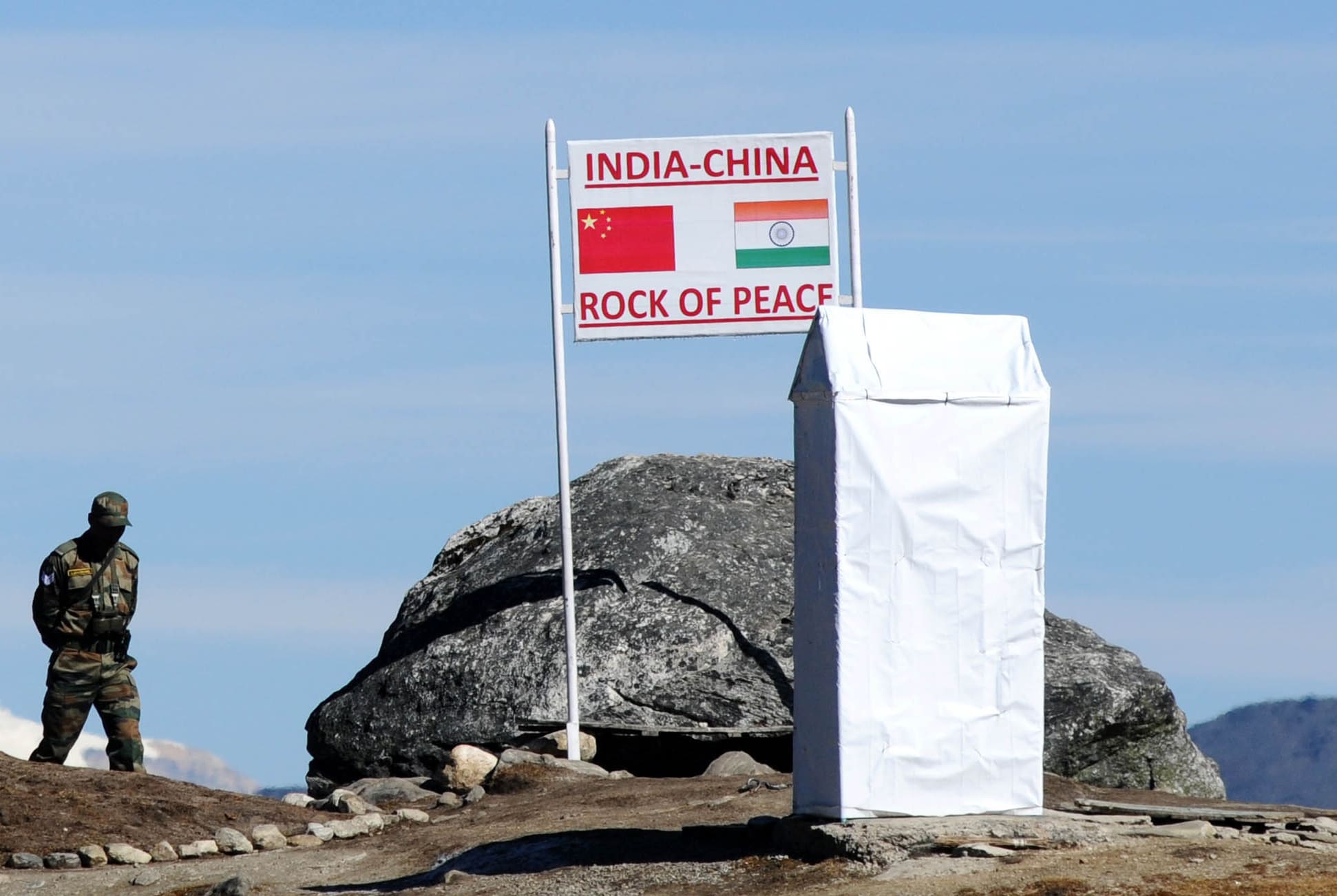



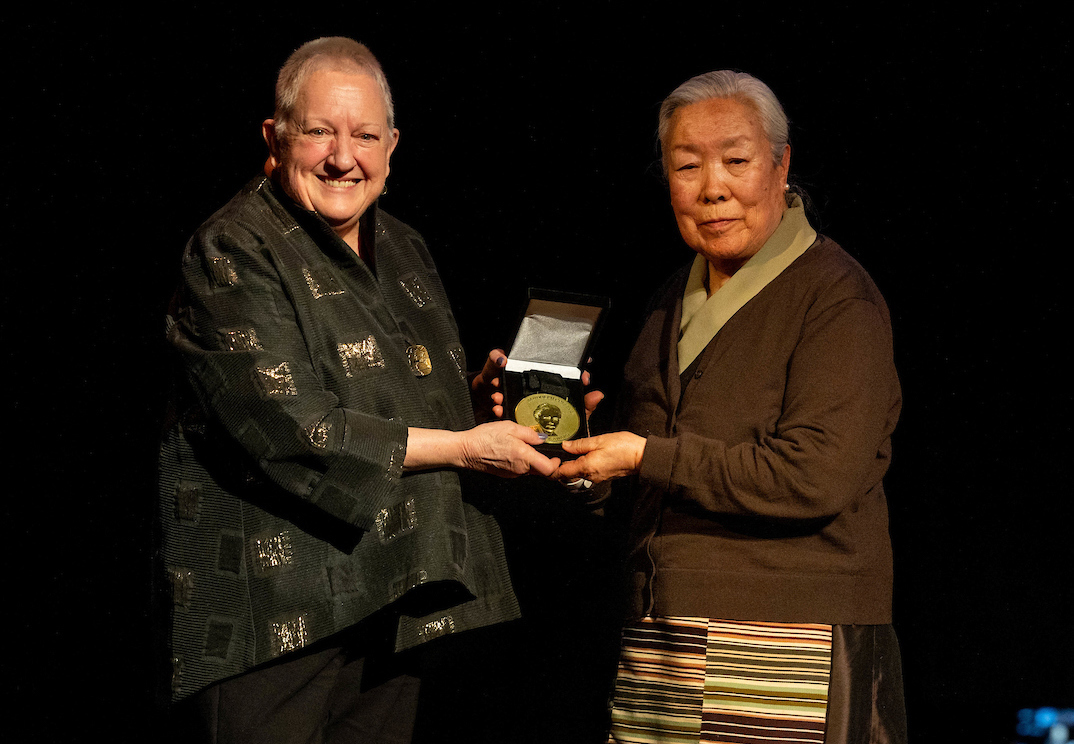
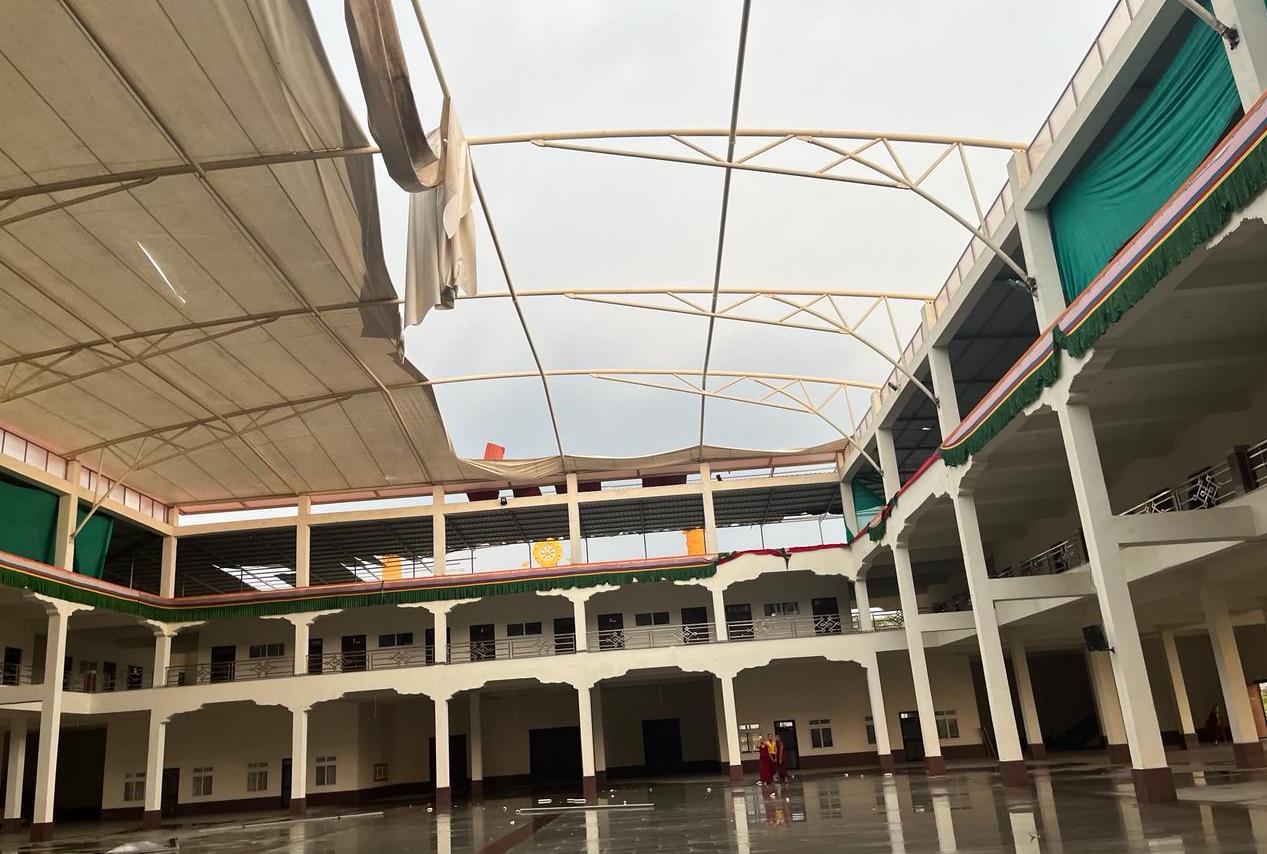
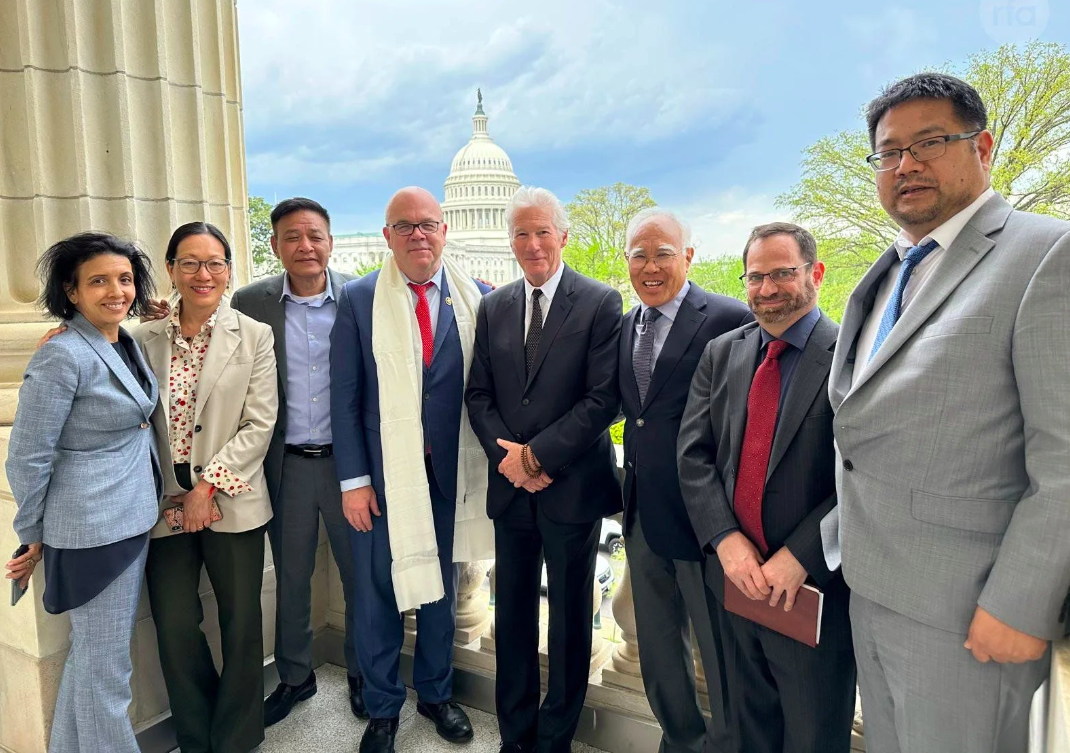
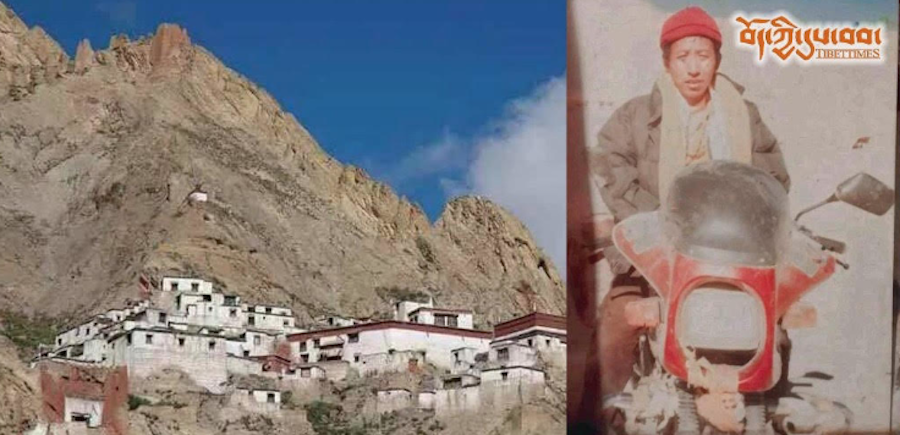
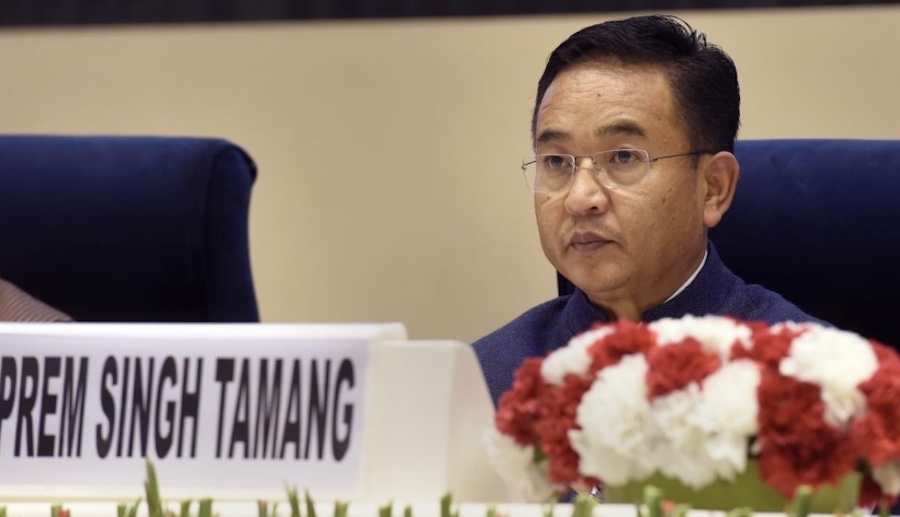
4 Responses
The Chinese communists are fooling many countries. It has a long history. They marched into Tibet in late 1949 with the promise only to help the Tibetans to develop their country and put an end to their imperialist subduers. They said they would go back to China when Tibet would be developed and freed from the imperialist foreigners. They would then not remain in Tibet even if the Tibetans wanted them to stay. Many Tibetans believed them and some of them even helped them to come to Tibet without much resistance.
Later they wanted to free the Tibetans from their slavery under the noble families or so called feudal lords and big and rich monasteries. Of course many Tibetans were not happy or satisfied with their old society. But were they really all slaves as the Chinese said and still are saying? Was it generally so bad as some people insist without specifying the whole situation? Later the Chinese communists came with a new story and said that Tibet was a part of China. They said and say even now that Tibet belonged to China historically. They have tried to tell many different stories to prove their fairy tale. But there is enough evidence that there are no historical facts on this story. You will never find a Chinese historical book before 1949, where it is written that Tibet is a part of China or belonged to China.
The Tibetans tried to appeal to the UNO in early 1950s to intervene in the Chinese occupation of Tibet. The Chinese were very friendly with India at that time. They formed a close relationship with each other, the so called China-India-brotherhood (Chini-Hindi Bahi Bahi). And the Indians thought that the Chinese communists were harmless and very friendly people. When it came to the question of Tibet at the UN, India and some other countries said that this should be solved bilaterally between the Tibetans and Chinese themselves without foreign interferences. That gave the Chinese freehand to annex whole Tibet ruthlessly. The communist China occupied Tibet 1959 literally.
Not much later the Chinese and Indian brotherhood was past story. The Chinese claimed many of the north-eastern territories of India to belong to China. While Tibet had been free, India had no border problems on the whole northeast side of its country and they did not have to worry and had no expenses at all. In 1962 the communist China showed its real face. They attacked India to occupy their claims on the whole northeastern territories of India. There was a war with lots of loss of life and goods. Since then India is forced to spend lots of expenses for its border security with lots of soldiers on the front. In the last decades communist China rose to the world economic power, and now again their claim for the Indian border regions is reiterated.
During the last decades this tale of the wolf and the seven young kids is played by the communist China in many countries of the world. Some of these countries are slowly realising it. But still many of them are caught in their greed for their economic profits so that they ignore the cruel tongue in the cheek of the communist government of China. If they will not wake up in time, one day they will get the shock of their life.
China printed thousands of maps without a word Tibet in them. So Tibet does not exist according to her policy then how would she claims Arunachal Pradesh a part of South Tibet. It is absurd to claim branches when the body already disappeared. Except Monpa, majority of tribal ethnics living in Arunachal are not Tibetan origin and they have no allegiance to Tibetan race. They have been always putting pressure on Central government of India to expel Tibetans and all other desperate refugees from Arunachal Pradesh. They have been also warning Monpas not to mingle with Tibetan refugees and help them to obtain Indian citizen. Therefore, majority of tribal ethnic does not belong to Tibetan family, and claims by China does not make any sense at all. No one would choose to live with Community Country like China even if India submit these areas to China. Who wish to live with devils on earth.
Lobsang,
Tibetan iconography and legends would suggest that the devil needs co-exist on earth–there is after-all the wrathful version of many deities. Perhaps the best one can manage in that situation is educating the devil in the best way possible. Historically, China and Tibet co-existed for many centuries. What is the primary factor that has changed and what is the root cause of the current problem? As with any country, the Chinese people are not the same as Chinese politicians. There are also plenty of Chinese with international outreach who understand the plight of Tibetan people. China also has many ethnic minorities besides Tibet who don’t get proper representation in Beijing. And China certainly is not the only country where minorities are down-trodden.
Perhaps the terma may lay hidden somewhere outside the political sphere in achieving some sort of settlement. Authoritarian cultures exist all across the globe. Even in free societies. The only difference being that the silencing just may not be that drastic.
Wouldn’t be an issue if Tibet was a country? Probably all depends on the natural resources and other geopolitical interests in the region. Look at Israel–yet another arbitrary national boundary left as a British legacy following WWII. China has disputed borders with Pakistan as well as Bhutan that leave cartographers puzzled.